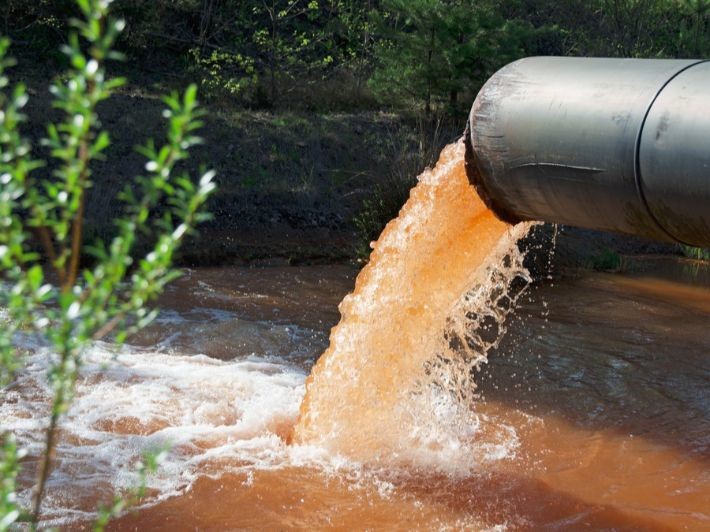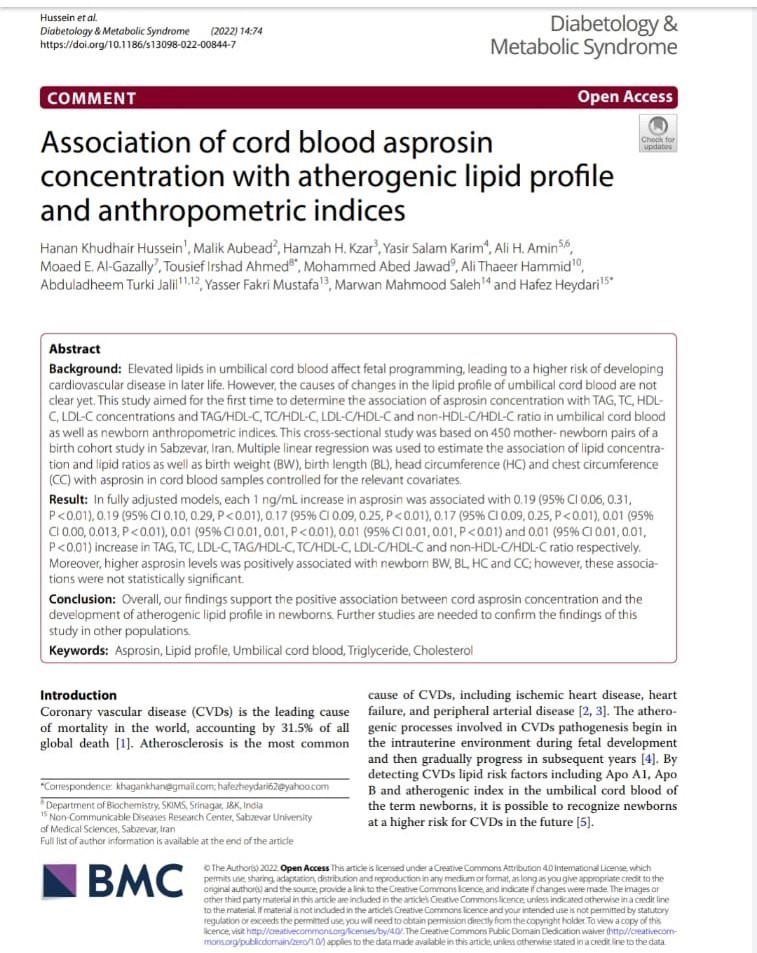
Using physical techniques to purify polluted water
Assist. Lecturer Laith Saleh Muhammad – Medical Physics Department
Water purification is considered one of the important environmental challenges facing the world at the present time, as the rate of water pollution is accelerating as a result of industrial, agricultural, and urban activities. Among the effective and innovative ways to improve water quality and reduce pollution levels, physical treatment techniques are on the scene, as they provide a comprehensive solution to remove pollutants and improve water quality.
ý Environmental effects of water pollution on nature:
1. Effects on living organisms:
• Aquatic life: Water pollution leads to the death of fish and other marine organisms due to poisoning resulting from chemical pollutants such as mercury and petroleum oils.
• Aquatic plants: Pollution can destroy algae and other aquatic plants, affecting the marine food chain.
2. Ecosystem damage:
• Water pollution disturbs aquatic ecosystems, affecting the ecological balance and causing the extinction of organisms or changing their distribution.
3. Effects on groundwater:
• Leakage of contaminants into groundwater may lead to groundwater contamination, affecting freshwater sources available for human and animal use.
4. Effects on the coastal environment:
• Pollutant leakage can affect the coastal environment and beaches, resulting in damage to coastal plants and wildlife.
5. Effects on water quality:
• Pollution can degrade water quality, affecting its usability for drinking, irrigation and industrial uses.
6. Effects on human health:
• If contaminated water is used for drinking or agricultural use, it can cause disease outbreaks and negative health impacts on humans.
Water pollution poses a major challenge to the environment, and maintaining water purity requires joint efforts by local and international communities to reduce sources of pollution and improve water management standards.
In this context, physical treatment techniques are an effective means of eliminating water pollutants, as they rely on physical phenomena and effects to achieve tangible results. These techniques include several methods, including filtration, sedimentation, distillation, ultraviolet radiation, physical oxidation, and many others.
· Filtration technology is one of the main methods of effective water purification. Where filters with fine holes are used to exclude large particles and sediments from the water. This improves water clarity and removes suspended particles. On the other hand, the use of sedimentation in water treatment takes advantage of the specific gravity of particles, as the sedimentation of particles at the bottom of the vessel is accelerated, which contributes to the purification of water from impurities.
· Physical oxidation techniques target the removal of contaminated organic materials by reactive processes based on oxygen or other oxidants. Thus, organic pollutants are converted into harmless substances, which contributes to improving water quality.
In general, the use of physical techniques for water purification shows great importance in achieving the goals of environmental conservation and providing clean water sources. Providing clean water contributes to supporting environmental life and preserving human health, which highlights the importance of continuous innovation and development of physical technologies to meet future challenges in the field of water purification.
ý The importance of using physical techniques to purify polluted water:
The use of physical techniques to purify polluted water holds great importance in the context of maintaining water quality and preserving environmental health. Some aspects that highlight the importance of these technologies:
1. Improving water quality: Physical techniques work to remove solid particles and impurities from water, which contributes to improving its transparency and general quality.
2. Protect the natural environment: When pollutants are effectively eliminated, the aquatic ecosystem, including rivers and lakes, can be preserved, and harmful effects on marine life and aquatic plants can be avoided.
3. Human health: Contaminated water can be a source of disease and infection. By using physical water purification techniques, the risk of waterborne diseases can be reduced and human health improved.
4. Measures to combat industrial pollution: Physical techniques allow controlling pollution resulting from industrial activities, as harmful chemicals and particles can be removed.
5. Saving water resources: By purifying polluted water, water can be reused for other purposes, reducing pressure on new water sources.
6. Compliance with environmental standards: The use of physical techniques contributes to achieving compliance with environmental standards and legislation related to water quality.
7. Sustainable development: Balancing human needs and environmental protection promotes sustainable development, and the use of physical technologies forms an important part of this approach.
In general, the use of physical techniques in water purification contributes to enhancing the sustainability of water resources and maintaining a clean and healthy environment for everyone.


